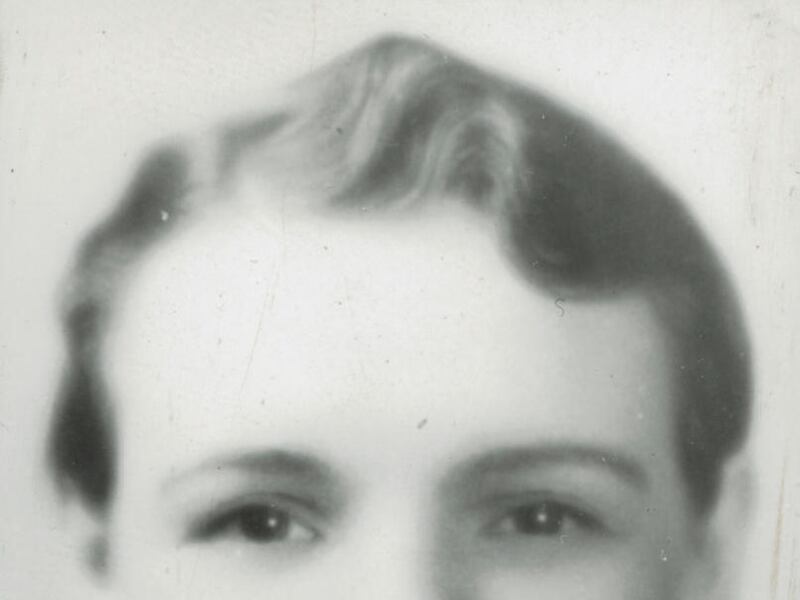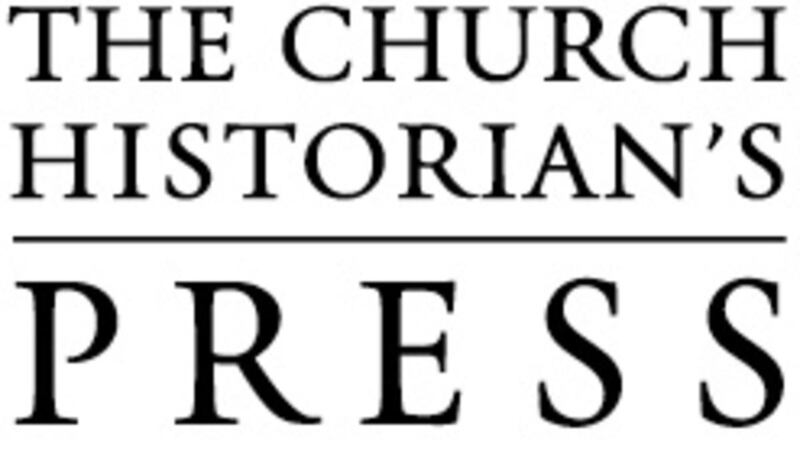SALT LAKE CITY — Last November, many Mormons fumed when a writer for Mother Jones magazine claimed Utah women didn't vote for Hillary Clinton because in her view, LDS women are repressed and submissive.
Critics have leveled similar charges off and on against The Church of Jesus Christ of Latter-day Saints since its earliest days, but in fact women have shaped the way Mormons understand and live their religion since the faith's beginnings, say the editors of a new book, "At the Pulpit: 185 Years of Discourses by Latter-day Saint Women."
"We worked hard and fast to get this out," said Kate Holbrook, who with co-editor Jenny Reeder works in the LDS Church History Department. "We felt an urgency. The scholarly world needs it, but also the church members need it. There's a real hunger for women's voices among church members."
Published by the Church Historian's Press and on shelves Monday, "At the Pulpit" provides transcripts of 54 discourses by LDS women from 1831-2016 as well as the history behind them, just in time for next month's 175th anniversary of the church's women's organization, the Relief Society.
The editors and a scholar say the messages show Mormon women speaking up, shaping theological discussions and asserting themselves.
"I think it's hugely important," said Jana Riess, a senior columnist at the Religion News Service and a Mormon author, especially in tandem with the release last year of "The First Fifty Years of Relief Society: Key Documents in Latter-day Saint Women's History," also from the Church Historian's Press.
Riess found new heroes in the book and connected with women she had never heard of in her own faith's history. Riess, Holbrook and Reeder said the book provides timeless, relevant messages just as meaningful now as when they were given.
"It's really important that we know this history," Riess said, "and that we know some of these rather astonishing women from our past and remember them, remember all of their contributions and the sacrifices they made, because they're inspiring. It's a terrific book."
Holbrook and Reeder knew first-hand that there has been little for scholars and writers to read to learn the Mormon women's experience first-hand. They both had graduate school professors assign readings about LDS women only to find the options provided "abysmal," Holbrook said, like Jon Krakauer's "Under the Banner of Heaven."
"Often, Mormon women's history and contributions are barely acknowledged in studies of American religious history," Holbrook said. "Now, the scholarly world can look at Mormon women's own words and read our introductions for the activities they were involved in. When they're going to treat Mormon women, they can actually look at their lives and their words."
That's why the editors insisted on a cover photo of a woman literally at a pulpit, Reeder said.
"For me," Holbrook added, "it was so important that the title be, 'At the Pulpit.' It shows the action of them there, thinking, preaching, building the kingdom, showing others how to build the kingdom, how to be disciples of Christ. I love that, 'At.' "
They scoured hundreds of Relief Society minutes books and journals to find discourses. Women's words weren't considered history by most men in the 19th century.
"There's a gap," Holbrook said, "and 'First Fifty Years' and now this shows that the Church Historian's Press is committed to filling the gap, and committed to fill in the gaps in our understanding of church history by publishing these documents that show women's work and women's words."
Reeder and Holbrook consciously focused on discourses with theological analysis in them.
"They're easy to understand, but they're not lightweight talks. They're really grappling with the deep questions of the gospel," Holbrook said.
Riess said it's particularly interesting to see LDS women from every decade of the faith's history speaking theologically.
"That was one of the things I like most about the book," she said.
She also liked reading the first talk given by a woman in an LDS Church general conference — in 1845. Lucy Mack Smith was 70 at the time, her sons Joseph and Hyrum had been murdered the previous year and Brigham Young had announced the Mormons would be leaving Illinois for the West.
"It's a very feisty talk," Riess said. "I thought that was quite interesting, and also that a woman spoke in general conference so early, probably earlier than people realize."
The book includes a list of all women who have spoken in general conference meetings.
One woman Riess had never heard of was Elsie Talmage Brandley, a 20th century Mormon woman.
"I liked her voice," Riess said. "I felt like I could relate very well to her and wanted to know more about what she had to say."
Riess bought Brandley's book, "Hello Life!" on Amazon.
The project had special meaning for Holbrook as a mother.
"I have three daughters, and the oldest is 14," she said. "This project really matters to me as a way for them to put themselves in the history of Mormon women, who when they see a need, they get down on their knees and pray, and then they stand up and get to work to fill the need."
One example, she said, is Elaine Cannon, general president of the Young Women organization from 1978-84. In the discourse published in "At the Pulpit," she gave a message in a talk to the church's Young Women that Holbrook wanted her young daughters to have.
"Heavenly Father loves you, and he will not force you," Cannon said. "He will not force you even to accept his blessings, since you are personally accountable for your own actions and choices. How soon will you start shouldering the powerful and precious responsibility for yourself?"
Reeder said that theme weaves its way throughout the book. She also said the speakers in the book share universal experiences.
"I love the reality of these women, that they come from such diverse backgrounds, and socio-economic statuses and education, and yet they all have this core belief, and they're committed to it."
To learn more, visit www.churchhistorianspress.org/at-the-pulpit/.






